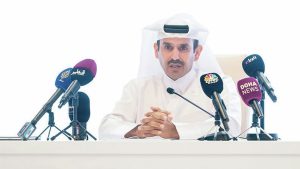
Fertilizer Industry News Roundup
QatarEnergy has announced the construction of a new world-scale ammonia-urea production complex at Mesaieed Industrial City in Qatar.

QatarEnergy has announced the construction of a new world-scale ammonia-urea production complex at Mesaieed Industrial City in Qatar.
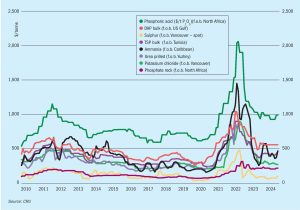
Market snapshot, 15th August 2024 Urea: A stand-off between buyers and sellers has left prices fairly flat in recent weeks with little liquidity. India's latest import tender was, however, finally confirmed for 29th August closing. The tender’s long shipment window allows NFL to secure tonnages through to end-October and took the market by surprise. This is a bearish signal that should increase dramatically the volume offered to NFL. The tender could exclude volumes from China with supply instead focused on the Middle East and Russia.
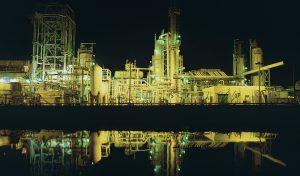
The US fertilizer industry, ranked fourth globally in terms of total production capacity, has grown and developed alongside an increasingly sophisticated domestic agricultural sector. The Biden administration has earmarked $900 million for investment in fertilizer assets to boost domestic production capacity and reduce input costs to farmers.

The last year has seen the first shipments of low-carbon ‘green’ fertilizers from companies such as Yara, Fertiberia, OCI and Sabic Agri-Nutrients. Partnerships with food manufacturers and retailers are helping to grow this emerging market and drive demand.
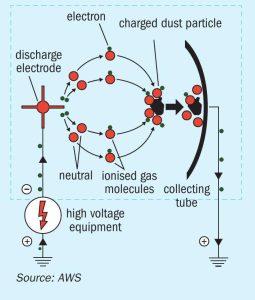
TOYO has recently introduced new proprietary urea technologies to its technology portfolio including a novel dust scrubbing system with integrated wet electrostatic precipitator (WESP) for ultimate clean-up of granulation or prilling exhaust air, to achieve urea dust emissions of less than 5 mg/Nm3 . Takuhiro Minato of Toyo Engineering Corporation explains how the new system works.

In China, domestic prices are expected to come under significant downward pressure, with seaborne indications already following suit, with buyers said to have rejected offers around the $375/t c.fr mark.

OCI Global says that it has reached an agreement for the sale of 100% of its equity interests in its Clean Ammonia project currently under construction in Beaumont, Texas for $2.35 billion on a cash and debt free basis. The buyer is Australian LNG and energy company Woodside Energy Group Ltd. Woodside will pay 80% of the purchase price to OCI at closing of the transaction, with the balance payable at project completion, according to agreed terms and conditions. OCI will continue to manage the construction, commissioning and startup of the facility and will continue to direct the contractors until the project is fully staffed and operational, at which point it will hand it over to Woodside. The transaction is expected to close in H2 2024, subject to shareholder approval.

Ammonia benchmarks west of Suez remain supported by limited availability at key regional export hubs amid increased potential for cargoes to arrive from the East, where availability is far healthier, and prices appear under pressure. The disparity in prices was illustrated towards the end of August, when Nutrien sold 25,000 tonnes to multiple buyers in NW Europe for 1H September delivery at $550-555/t c.fr. When netted back to Trinidad, the price marks a sizeable premium on the $375/t f.o.b. last achieved by Nutrien back in late June, although given that last business in Algeria was fixed at $520/t f.o.b., it appears there is room for delivered sales into Europe to move up further. Regional availability is still limited, with extreme weather conditions in the US Gulf and North Africa potentially impacting supply further over the coming weeks.
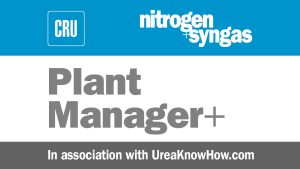
Part 1 of this series on stripper efficiency issues provided a brief history of the CO₂ stripping process and discussed how the invention of the HP CO₂ scrubber back in the 1960s revolutionised urea technology. In part 2 we take a look at how high liquid load can affect stripper efficiency.

Casale, Saipem, Stamicarbon & Toyo Engineering Corporation showcase a selection of innovative technologies that have recently been brought to the market.